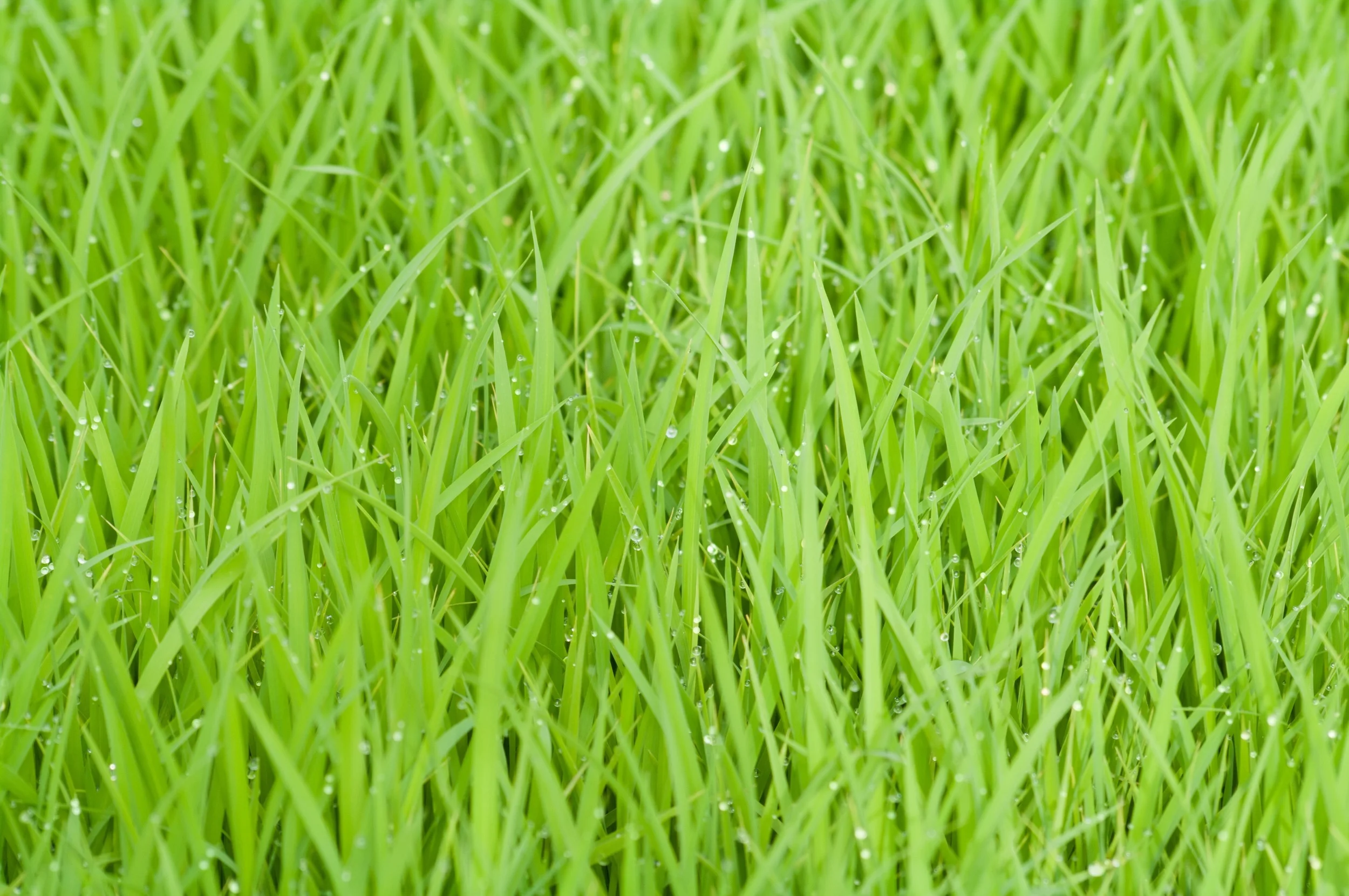Become Aware
Effective June 16th, 2016
Some people have a hard time understanding why these restrictions are necessary. Well...
"Even though Squamish has recently experienced rain and cooler temperatures, average weekly water use is higher than the previous three years."
The population is growing, which will have a direct impact on demand, however it is no secret that irrigation is a large consumer of this corridors potable water. Overwatering your landscape, not only wastes water, it creates weaker, shallower root systems for your turf and plants. Letting your plants dry out between watering actually encourages roots to dig deeper in search of subsurface water, creating stronger, healthier turf and plants. Although the soil on the surface may appear and even feel dry, you will often find moisture just a couple inches below, right at the root zone. This is where soil sensors are effective and can come in very handy.
Take Simple Actions
- Let your grass grow a little longer. Longer grass reduces evaporation from soil.
- Plant drought-tolerant plants.
- Put mulch around shrubs and plants to help retain moisture in the soil.
- Install soil sensors
- Use Drip Irrigation as often as possible
- Keep your irrigation system properly scheduled and maintained regularly. Regular maintenance will help to minimize water wastage due to things like underground piping cracks that might be caused by growing roots, or cracked nozzles that can cause the water to spray abroad.
- Install Rainwater Harvesting with Drip Irrigation
Low Volume, Drip Irrigation from captured rainwater is by far the most efficient, low impact and water conserving way to irrigate.
More great water conservation tips for both inside and outside the home


